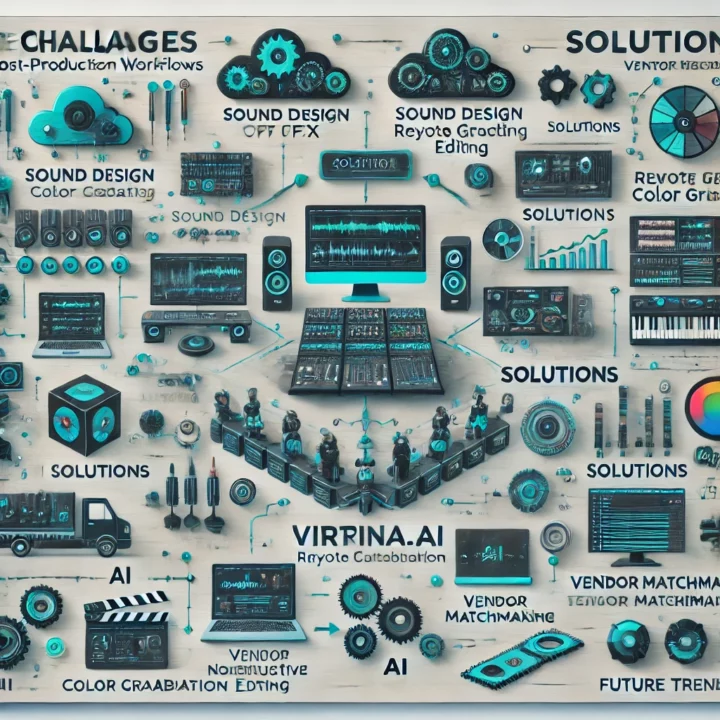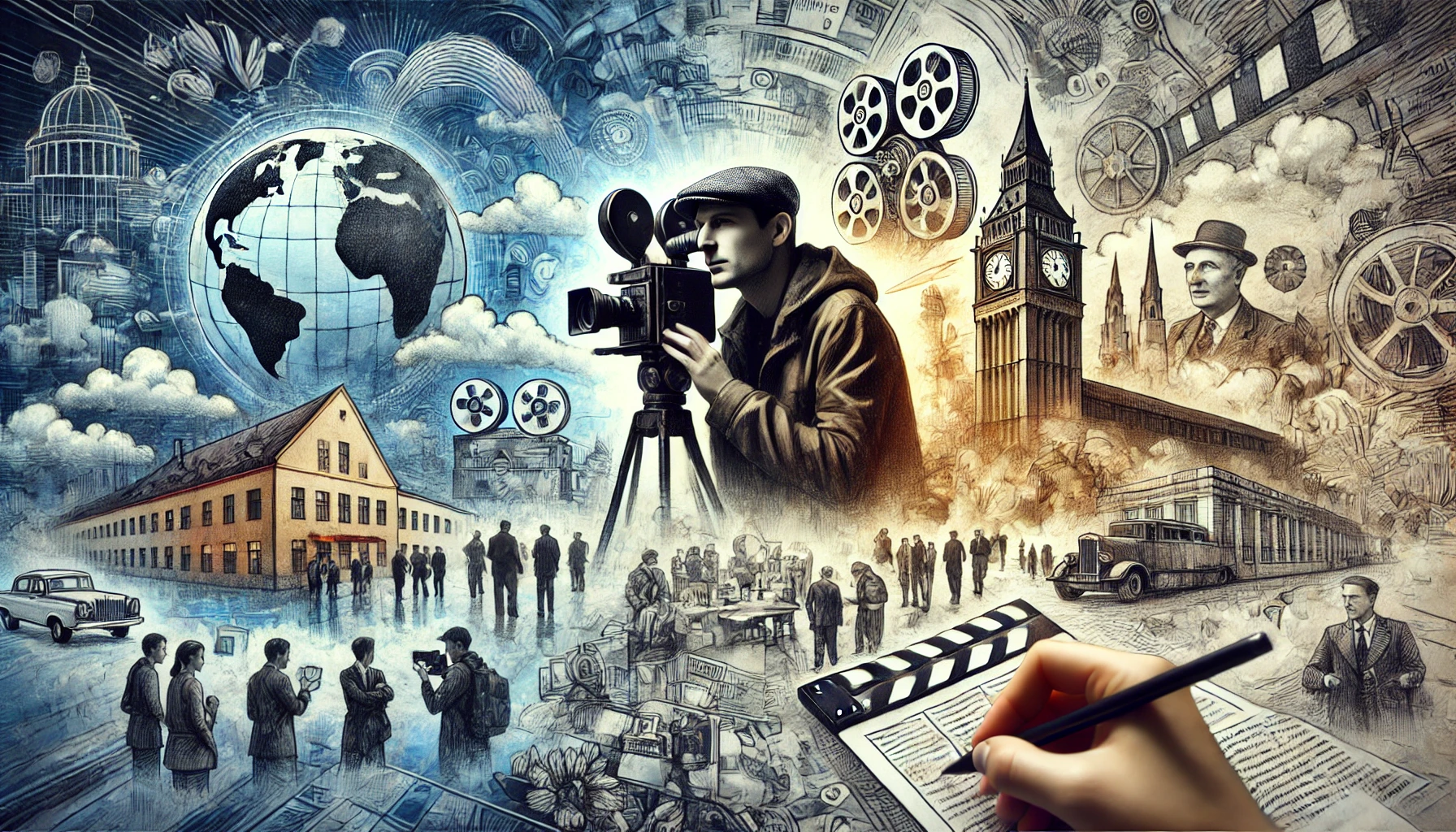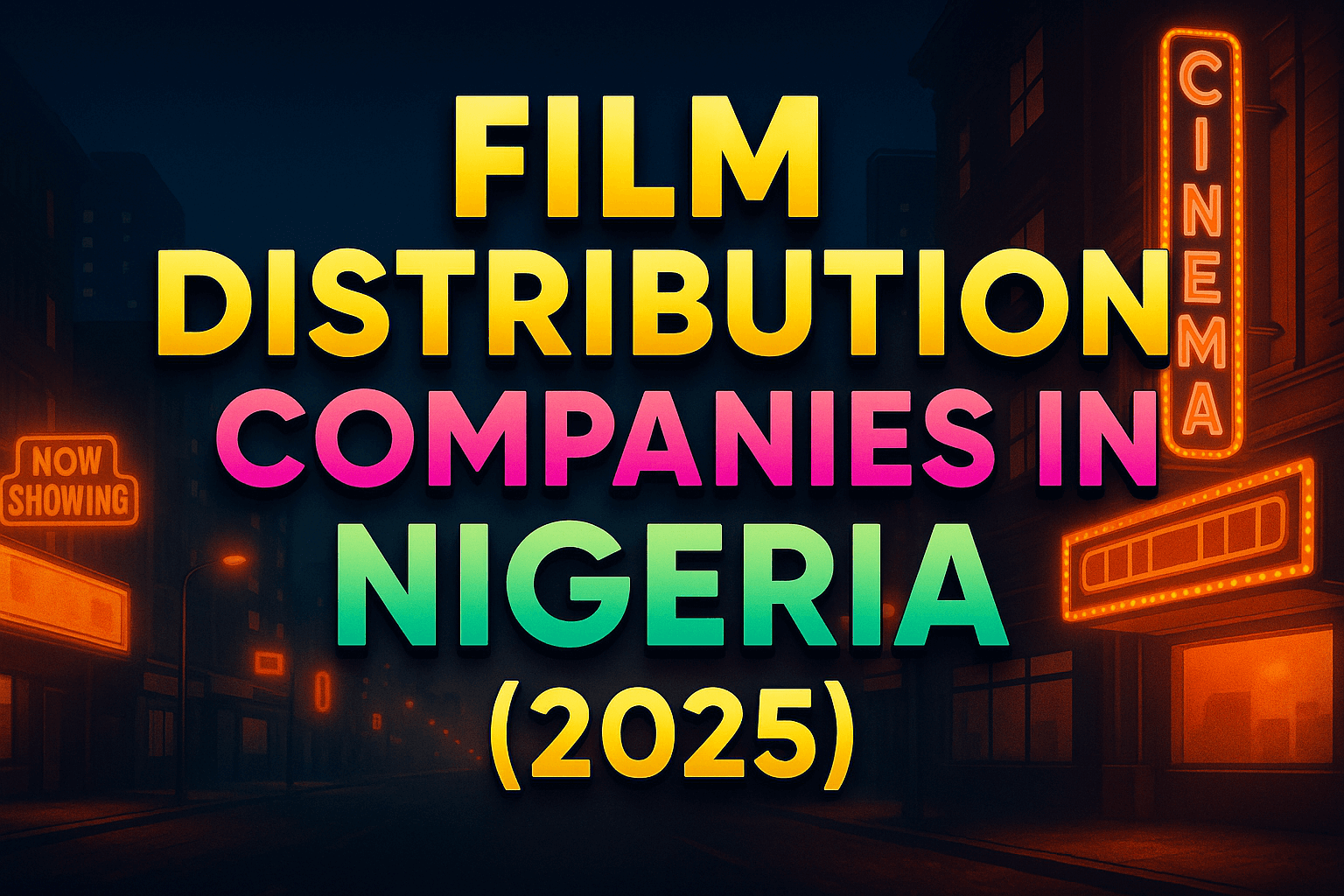Introduction
Film production lies at the heart of the entertainment industry, shaping the stories that captivate global audiences. In 2024, advancements in technology, the push for sustainability, and a demand for diverse storytelling are transforming how films are made. This article explores these changes, offering filmmakers actionable insights to thrive in this dynamic landscape.
1. Sustainable Filmmaking
What are sustainable practices for reducing carbon footprints in film production?
Sustainability is becoming a cornerstone of modern filmmaking. Adopting green practices such as minimizing resource consumption, using renewable energy on set, and digitizing workflows reduces environmental impact. For example, productions can save costs by employing reusable set materials and LED lighting systems.
How do green initiatives benefit the film industry?
Green initiatives not only address environmental concerns but also enhance brand reputation and attract environmentally conscious audiences. The rise of organizations like Green Production Guide supports the industry with resources to implement eco-friendly strategies.
What challenges do filmmakers face in adopting sustainability?
Budget constraints and limited access to green technologies remain challenges. However, integrating small changes, such as recycling on set and reducing travel, can significantly improve a production’s carbon footprint.
2. Technological Innovations in Film Production
How is virtual production transforming the filmmaking process?
Virtual production combines physical and digital elements in real-time, allowing filmmakers to create intricate environments without location scouting. Films like The Mandalorian showcase how this technology cuts costs and accelerates timelines.
What AI tools are used in editing and VFX in film production?
AI tools streamline editing, automate visual effects, and analyze audience preferences. Tools like Adobe Sensei and Runway enhance productivity, enabling faster content creation with high precision.
How do augmented reality (AR) and virtual reality (VR) enhance storytelling?
AR and VR immerse audiences in unique experiences. Directors leverage these technologies to craft interactive films, as seen in Blade Runner 2049: Memory Lab, an innovative VR spinoff.
What is the future of real-time CGI in film?
Real-time CGI advancements promise seamless integration of visual effects during shooting, allowing directors to experiment dynamically on set.
3. Global Collaborations and International Opportunities
What are the benefits of international co-productions in the film industry?
International collaborations offer filmmakers access to diverse talent and markets. Co-productions also distribute financial risks and unlock tax incentives from partnering countries.
How do tax incentives in different countries attract filmmakers?
Countries like Canada and the UK offer lucrative tax credits that draw productions globally. For instance, the UK provides up to a 25% tax rebate on qualifying expenses.
What are the best practices for cross-border film projects?
To ensure success, filmmakers should respect cultural nuances, establish clear communication channels, and navigate legal frameworks collaboratively.
4. Diverse Storytelling in Film Production
What are examples of successful films with diverse narratives?
Films like Black Panther and Parasite demonstrated the power of diverse storytelling. These narratives not only captivated audiences but also achieved critical acclaim and financial success.
How can filmmakers create culturally authentic stories?
Research and collaboration with cultural consultants ensure authenticity. Embracing inclusivity from scriptwriting to casting fosters genuine representation.
What are the benefits of inclusive casting in film production?
Inclusive casting broadens audience appeal and reflects real-world diversity, strengthening a film’s cultural and commercial impact.
5. Future Trends in Film Production
What trends will shape the film industry by 2025?
Key trends include the integration of AI for creative workflows, blockchain for IP protection, and a surge in immersive content such as VR and AR experiences.
What are the potential applications of blockchain in film production?
Blockchain technology ensures transparent funding and secures intellectual property, enabling creators to retain control over their projects.
How is the industry addressing challenges in the post-COVID era?
The shift toward hybrid production models and remote collaboration tools has become standard. These adaptations address health concerns and improve accessibility for global teams.
Conclusion
Film production is evolving rapidly, driven by sustainability, technological innovation, and a commitment to diversity. Embracing these changes enables filmmakers to craft stories that resonate with global audiences while staying competitive. Whether adopting green practices, exploring virtual production, or championing inclusivity, the future of filmmaking is ripe with opportunity.
Frequently Asked Questions
Virtual production combines physical and digital elements in real-time to create immersive environments, often reducing costs and production timelines.
By using renewable energy, minimizing waste, and employing digital workflows, filmmakers can reduce their environmental impact.
They provide access to diverse talent, shared financial risks, and lucrative tax incentives from
Inclusive casting reflects real-world diversity, broadening audience appeal and enhancing cultural authenticity.
Trends include AI-driven workflows, blockchain for intellectual property protection, and immersive technologies like VR and AR.




















































![India's Top Film Distribution Companies [2025 Power List] 12 Top Film Distribution Companies](https://vitrina.ai/wp-content/uploads/2025/10/Top-Film-Distribution-Companies-1.png)
![The Top VFX Companies in India [2025 Ranking] 13 Top VFX Companies in India](https://vitrina.ai/wp-content/uploads/2025/10/The-Top-VFX-Companies-in-India-1.png)
![UK's Top Film Distribution Companies [2025 Edition] 14 UK's Top Film Distribution Companies](https://vitrina.ai/wp-content/uploads/2025/10/Japans-Top-VFX-Animation-1.png)
![Japan's Top VFX & Animation Studios [2025 Power List] 15 Japan's Top VFX & Animation Studios](https://vitrina.ai/wp-content/uploads/2025/10/Japans-Top-VFX-Animation-Studios1-1.png)

